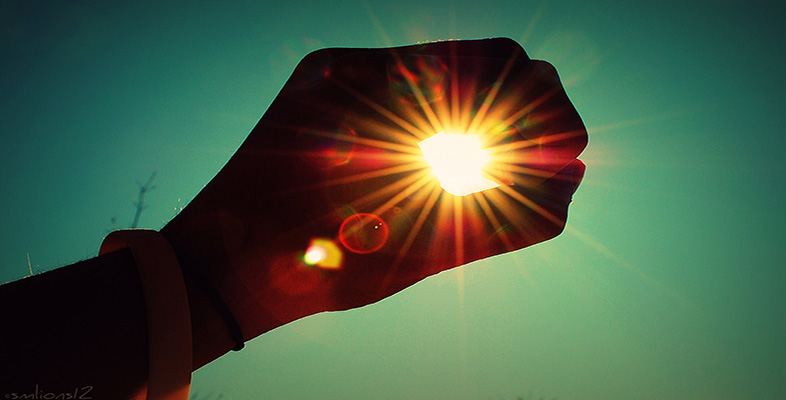2 The Secret Life of Buildings
Activity 1 The Secret Life of Buildings
Watch The Secret Life of Buildings. As you watch it, try to make notes about the key points made. Then answer the questions below.
Transcript: The Secret Life of Buildings
- a.What is the unit for measuring light?
- b.What are the light levels:
- i.outside in an urban centre?
- ii.in the average British home?
c.In the programme, the presenter, Tom Dyckhoff, is tested to see how he reacts to decreased light levels. What was the light level in Dyckhoff’s home when the window sizes were reduced?
- d.What different tests are carried out on Dyckhoff and what two main things do you think they are measuring?
- e.What are the effects on Dyckhoff from living with reduced light levels for a week?
- f.What might these effects lead to if the experimental conditions continued?
- g.How could these effects be reduced for people living in conditions of low light?
Discussion
- a.The unit for measuring light is the lux.
- b.The programme states that:
- i.the amount of light outside in London is between 20 000 and 30 000 lux
- ii.inside the average home it is between 200 and 300 lux.
c.In the programme, it was shown that the light levels in Dyckhoff’s home were reduced to about 50 lux when the windows were boarded up.
d.Dyckhoff has tests on his urine and blood to determine, among other things, his glucose levels. He also completes a couple of questionnaires: one to determine how tired he feels and the other to determine his mood.
The blood and urine tests measure directly how the body is responding chemically, while the questionnaires test how Dyckhoff is feeling during the experiment. Usually the two things are related, but that is not necessarily the case. So, the blood and urine tests are measuring what we call objective things (for example, things that we can accurately put a number to) and the questionnaires are measuring what we call subjective things (for example, things that we feel).
- e.After the one-week experiment, Dyckhoff’s glucose levels have gone up, his feelings of tension, anxiety and depression have all increased, his activity and vigour have decreased, and his ‘body clock’ has begun to drift, in what the tester calls ‘internal desynchronisation’. Of course, this cannot definitely be due to the decreased light levels alone – Dyckhoff was also not allowed to leave his flat for the week long experiment. So as well as being subjected to low light levels, he was also probably not getting the same amount of exercise and social interaction as normal – which is likely to have also contributed to his increases in anxiety, depression, etc. and his metabolic changes.
- f.If the experimental conditions were to continue, Dyckhoff might be more likely to develop diabetes, suppression of the immune system, increased susceptibility to disease and depression.
- g.One way to reduce the effects would be to spend more time outside in the open, where light levels are highest. A good walk is a cure for a lot of things!
